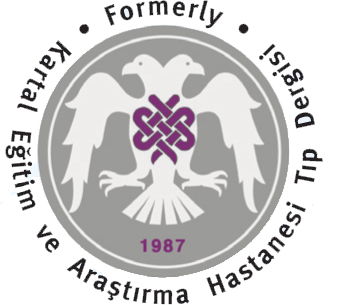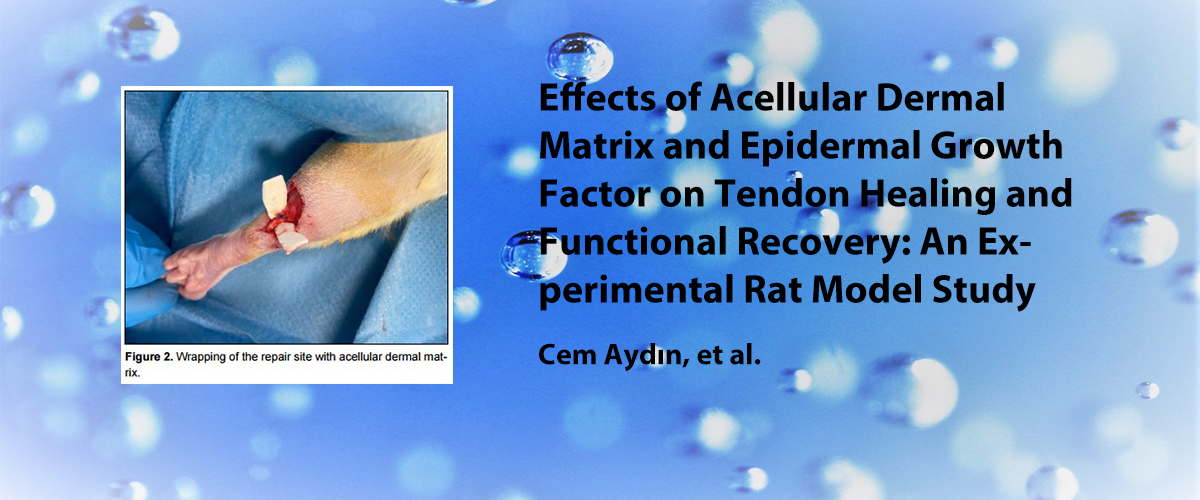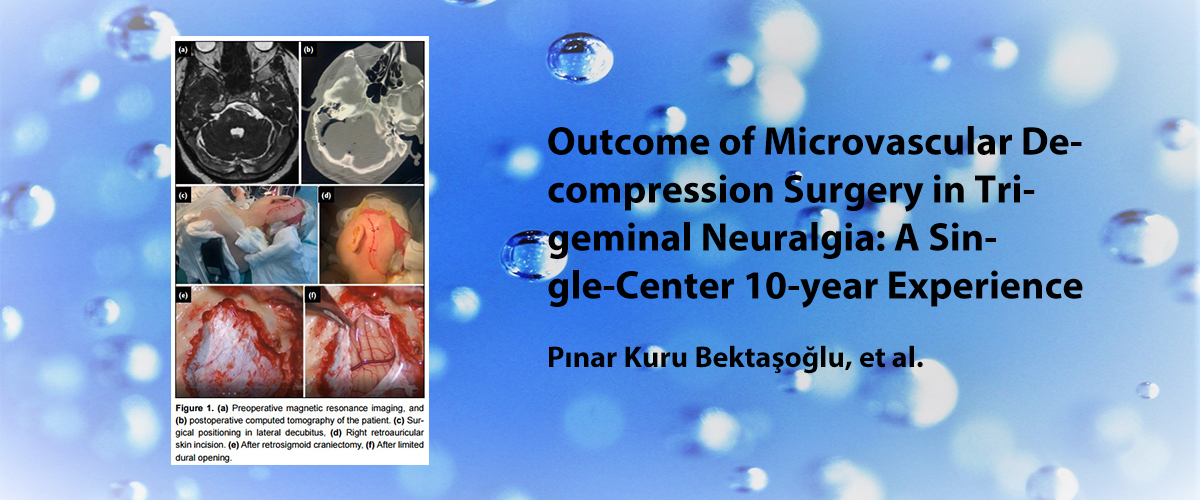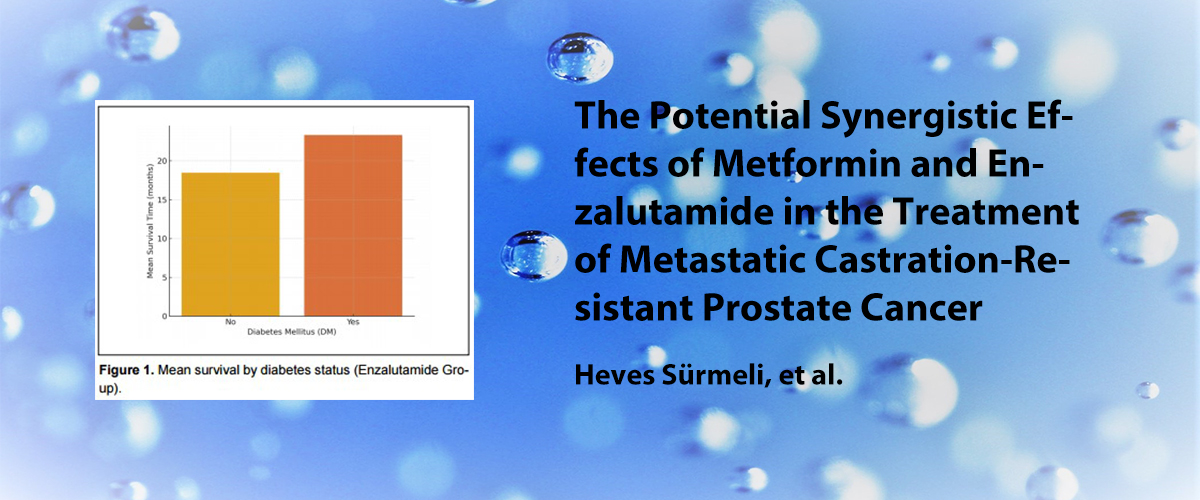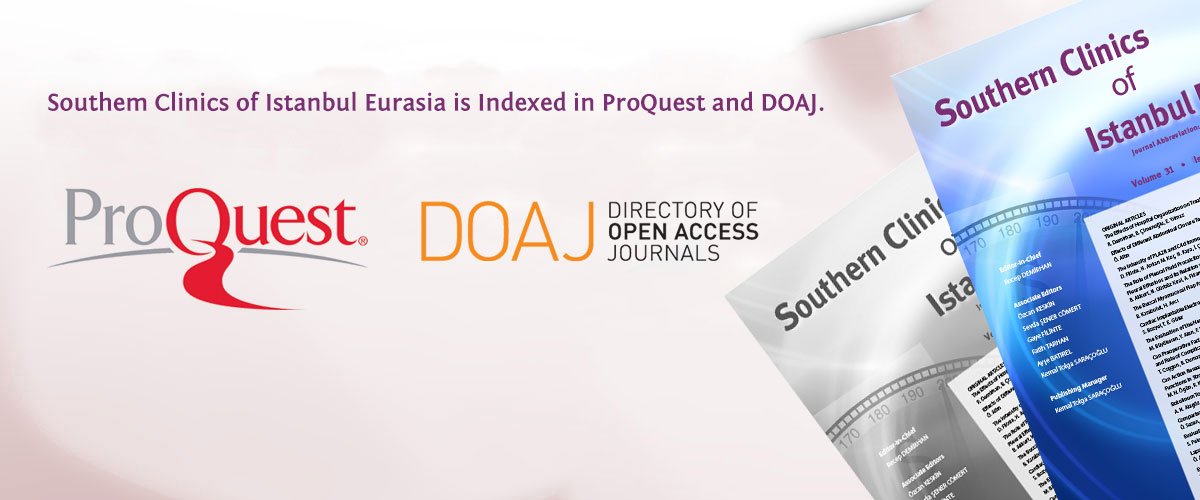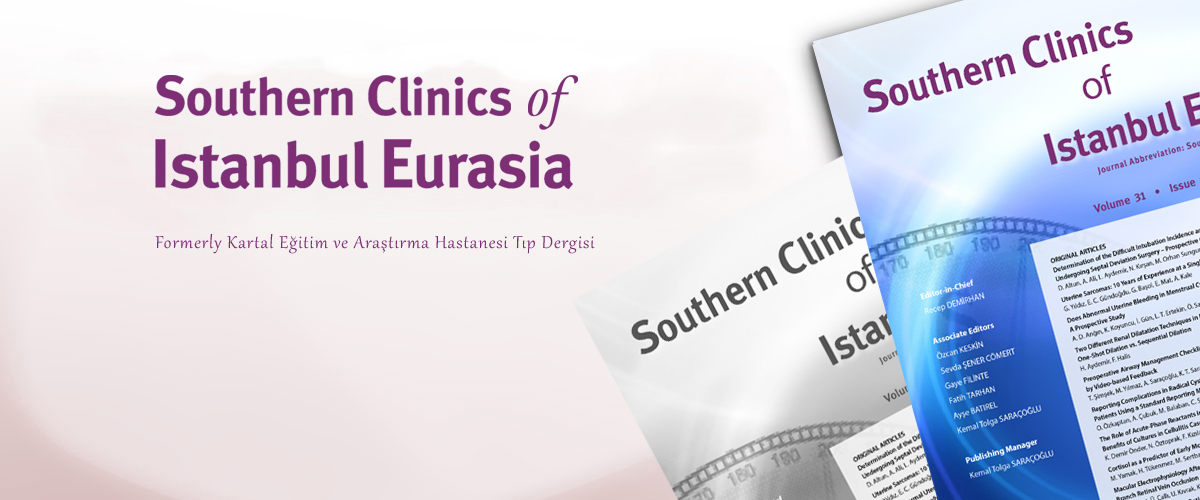ISSN : 2587-0998
Acil Servise Delici Kesici Alet Yaralanması ile Başvuran Olguların Değerlendirilmesi: 2-Yıllık Retrospektif Analiz
Melis Akçınar1, Hüseyin Ergenç1, Tuba Betul Umıt1, Adem Az2, Onur Kaplan1, Özgür Söğüt11Sağlık Bilimleri Üniversitesi, Haseki Eğitim ve Araştırma Hastanesi, Acil Tıp Kliniği, Istanbul, Türkiye2İstanbul Beylikdüzü Devlet Hastanesi, Acil Tıp Kliniği, İstanbul, Türkiye
GİRİŞ ve AMAÇ: Bu çalışmanın amacı, acil tıp kliniğine başvuran delici-kesici alet yaralanmalarının (DKAY) demografik ve klinik özellikleri ile kan transfüzyonu yapılan ve yapılmayan hasta gruplarında Glasgow Koma Skalası (GKS), Revize Travma Skoru (RTS), şok indeksi (Şİ), modifiye şok indeksi (MŞİ) ve yaşa göre şok indeksi (YŞİ) değerlerini karşılaştırarak analiz etmektir.
YÖNTEM ve GEREÇLER: Bu retrospektif, kesitsel, tek merkezli çalışmaya DKAY nedeniyle acil tıp kliniğine başvuran ardışık 308 hasta dahil edildi. Bu vakaların demografik ve klinik özellikleri, travma skorlamaları (GKS ve RTS), şok indeksleri (Şİ, MŞİ ve YŞİ), operasyon ve transfüzyon durumları, yaralanma zamanı ve klinik sonlanımları kaydedildi. Veriler kan transfüzyonu yapılan ve yapılmayan vakalar arasında karşılaştırıldı.
BULGULAR: Çalışmaya 288 erkek (%93.5) ve 20 kadın (%6.5) toplam 308 hasta alındı. Ortalama yaş 28.30±11.90 idi. 235 (%76.3) olgu darp, 64 (%20.8) trafik kazası ve 9 (%2.9) kendine zarar verme nedeniyle acil servise başvurdu. En yaygın anatomik yaralanma bölgesi alt ekstremiteydi (%39). Yapılan cerrahi işlemlerin 173üne (%56.20) yumuşak doku onarımı, 22sine (%7.10) vasküler cerrahi onarım, 22sine (%7.10) laparotomi, 18ine (%5.80) tüp torakostomi yapıldı. En fazla hasta sayısı (n=38, %12.3) Temmuz ve Ağustos aylarında ve (n=153, %49.7) 18: 01-00: 00 saatleri arasında başvurdu. Kan transfüzyonu yapılan hastalarda almayanlara göre ortalama GKS ve RTS değerleri anlamlı olarak daha düşük, ortalama Şİ, MŞİ ve YŞİ değerleri daha yüksekti (tüm karşılaştırmalar için p<0.001). Son olarak yüksek Şİ, YŞİ ve MŞİnin kan transfüzyonu ihtiyacının bağımsız belirteçleri olduğu bulundu.
TARTIŞMA ve SONUÇ: DKAY nedeniyle acil servisine başvuran vakalarda en fazla yaralanmanın ekstremite bölgesinden olduğu ve yaralanma sonucu en sık yapılan işlemin primer sütürasyon olduğu gözlemlenmiştir. Ek olarak, yüksek SI, MSI ve ASI, acil servise bıçak yarası ile başvuran hastalarda kan transfüzyonu gereksinimi için önemli belirleyicilerdi.
Evaluation of Cases with Stab Wounds Presented to the Emergency Department: A 2-Year Retrospective Analysis
Melis Akçınar1, Hüseyin Ergenç1, Tuba Betul Umıt1, Adem Az2, Onur Kaplan1, Özgür Söğüt11Department of Emergency Medicine, University of Health Sciences, Haseki Training and Re-search Hospital, İstanbul, Türkiye2Department of Emergency Medicine, Istanbul Beylikduzu State Hospital, İstanbul, Türkiye
INTRODUCTION: This study analyzed the demographic and clinical characteristics of patients who were admitted to the emergency department (ED) with stab wounds and compared the Glasgow coma scale (GCS), Revised Trauma Score (RTS), Shock Index (SI), Modified Shock Index (MSI), and Age-Adjusted Shock Index (ASI) between patients who received a blood transfusion and those who did not.
METHODS: This retrospective, cross-sectional, single-center study included 308 consecutive patients admitted to the ED due to stab wounds. We assessed patients demographics and clinical features, trauma scores (GCS and RTS), SIs (SI, MSI, and ASI), the timing of trauma, intervention and blood transfusion need, and clinical outcomes. Data were compared among the groups who received blood transfusions and those who did not.
RESULTS: A total of 308 patients, 288 male (93.5%) and 20 female (6.5%), were included in the study. The mean age was 28.30±11.90 years. 235 (76.3%) cases were admitted due to assaults, 64 (20.8%) traffic accidents, and 9 (2.9%) self-harm. The most common anatomi-cal site of injury was the lower extremity (39%). The soft tissue repairs were done in 173 (56.20%), vascular surgical repair in 22 (7.10%), laparotomy in 22 (7.10%), and tube thoracostomy in 18 (5.80%). The highest number of patients (n=38, 12.3%) were in July and August and (n=153, 49.7%) between 18: 01 and 00: 00. The mean GCS and RTS values were significantly lower, and mean SI, MSI, and ASI values were higher in patients who received blood transfusions (p<0.001 for all comparisons). Finally, elevated SI, ASI, and MSI remained independent predictors of the need for blood transfusion.
DISCUSSION AND CONCLUSION: The most common anatomical site for stab wounds was extremities and the most common required procedure was soft tissue repairs. In addition, elevated SI, MSI, and ASI were independent predictors for blood transfusion requirement in patients admitted to the ED with stab wounds.
Makale Dili: İngilizce

